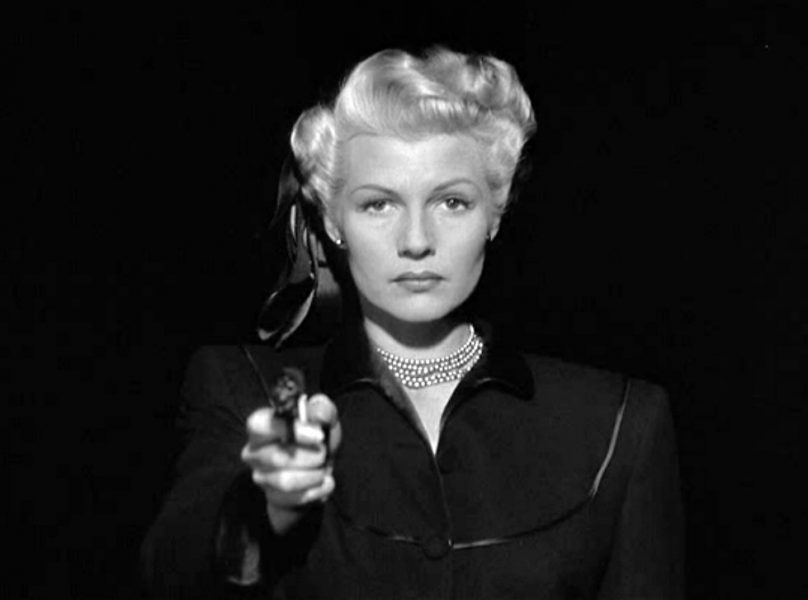The Golden Age of Hollywood is epitomised by the classic looks of MGM stars such as Marilyn Monroe, Vivian Leigh and Elizabeth Taylor (to name a few). These leading ladies are iconic; they are the brand of an era long gone, one on the brink of sexual revolution and second wave feminism. This new restoration of Orson Welles’ 1947 The Lady from Shanghai is back on the big screen this month following its world premiere at the 2013 London Film Festival. In it, Rita Hayworth’s character Elsa seeks liberation from her role as a lawyer’s wife.
When sailor Michael “Black Irish” O’Hara, (Welles) agrees to join the crew of Mr and Mrs Bannister’s (Everett Sloane and Hayworth) yacht, he finds himself embroiled in a sinister suicide plot. Less of a whodunit and more a who-might-do-what-when, the story is one that consistently twists and turns until Welles’ famous hall-of-mirrors scene brings the film to its climax, where the truth is, finally, revealed.
On initial release, the film was heavily criticised, but the surreal mirror sequence has since become an iconic scene in noir history. Welles’ character is rough and rugged, quite the opposite of esteemed criminal lawyer Bannister. As in (too) many films, the woman finds herself torn between wealth and stability, and passion and love: she can’t have both and Welles’ film doesn’t romanticise her choice. Nor does it lean too far towards sentimentality, each poignant moment subverted by a twist in the plot. The dénouement is almost triumphant – Hayworth’s character dupes them all. In that moment, she turns from love-sick ingénue to femme fatale. In The Lady from Shanghai, Elsa Bannister does what most women can’t and she does it in spite of the cost. Monroe, Hayworth et al are figures that represent more than the Golden Age of cinema: on the silver screen they took us from a dark age for women into a revolution.
